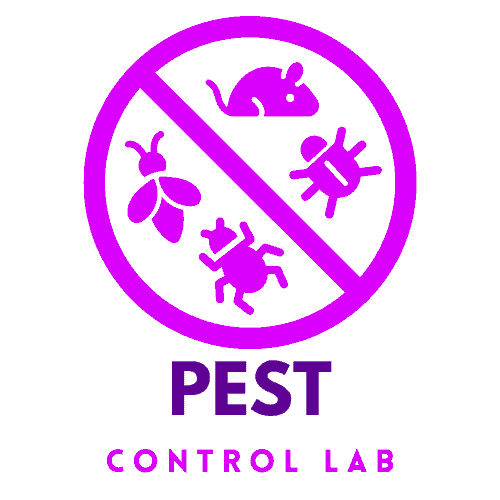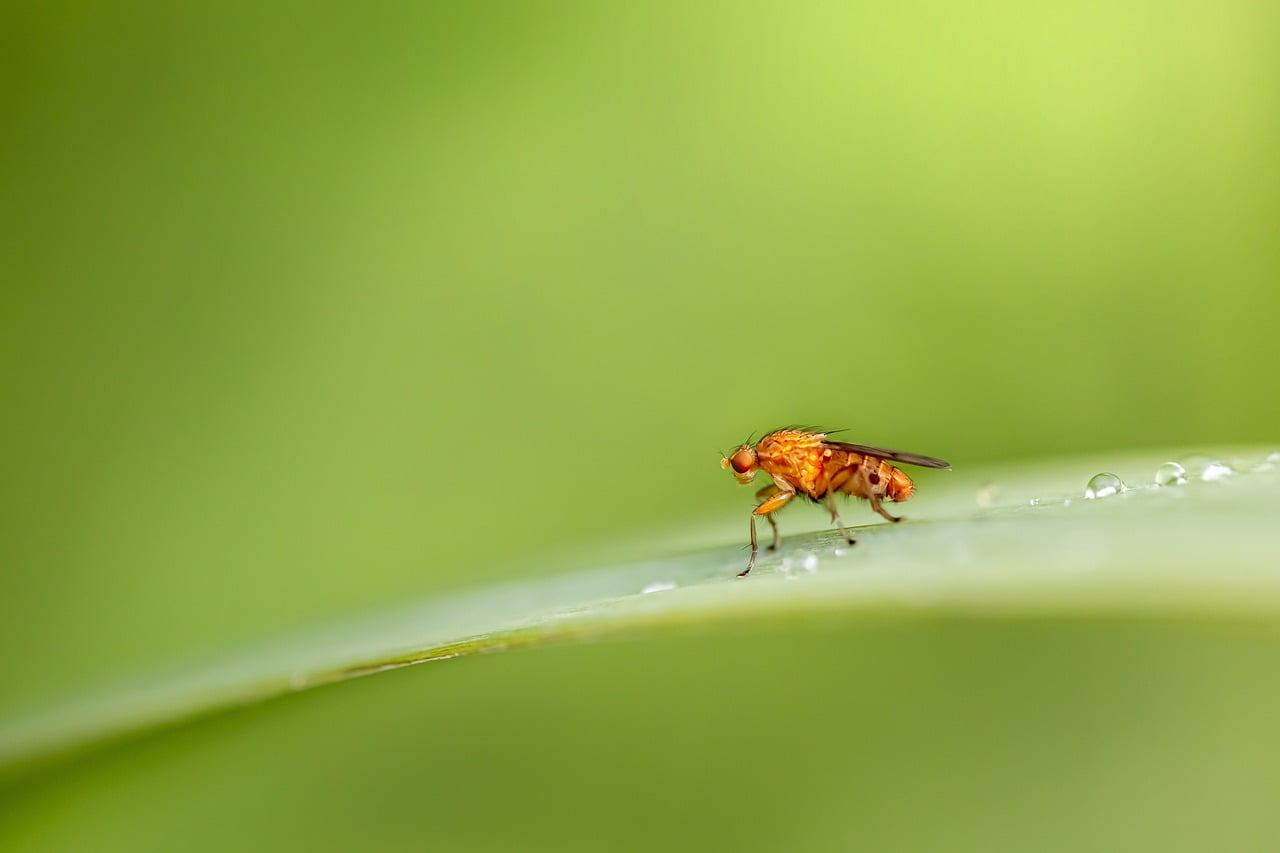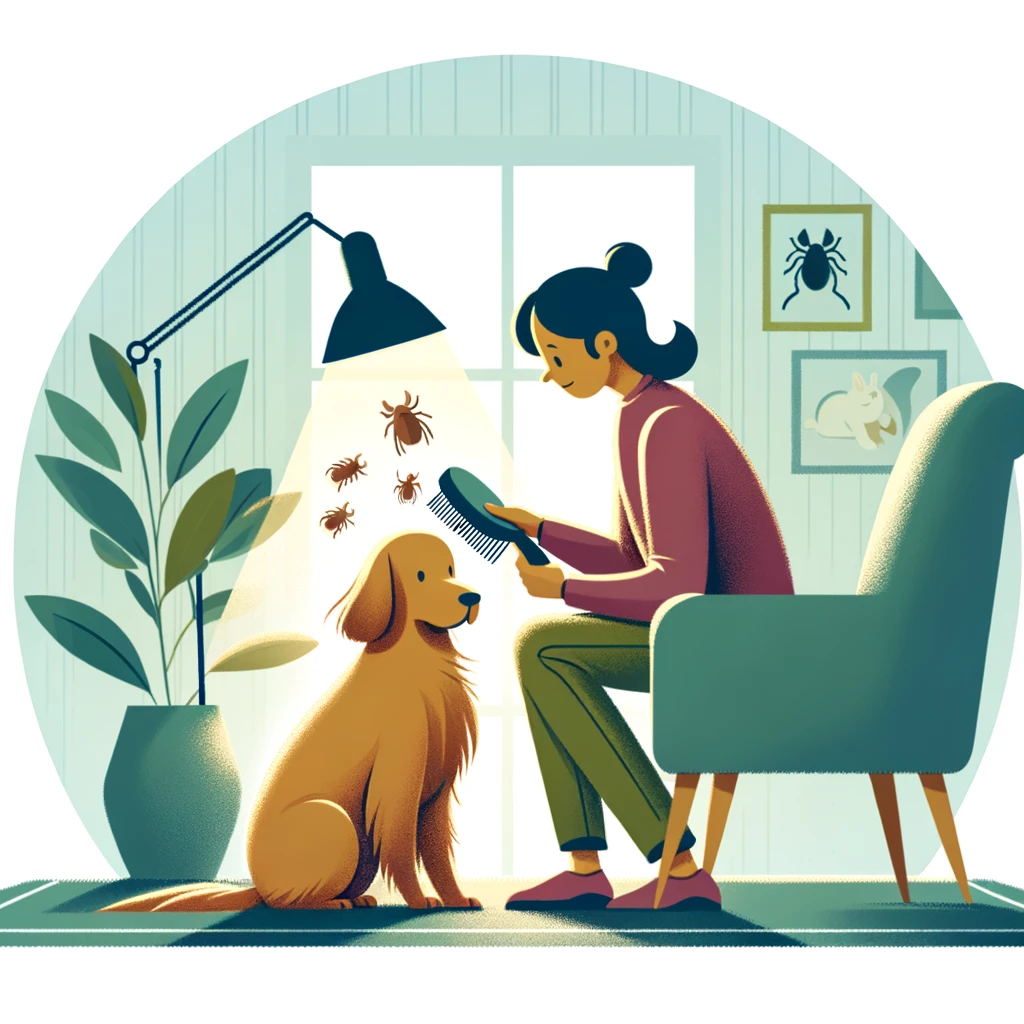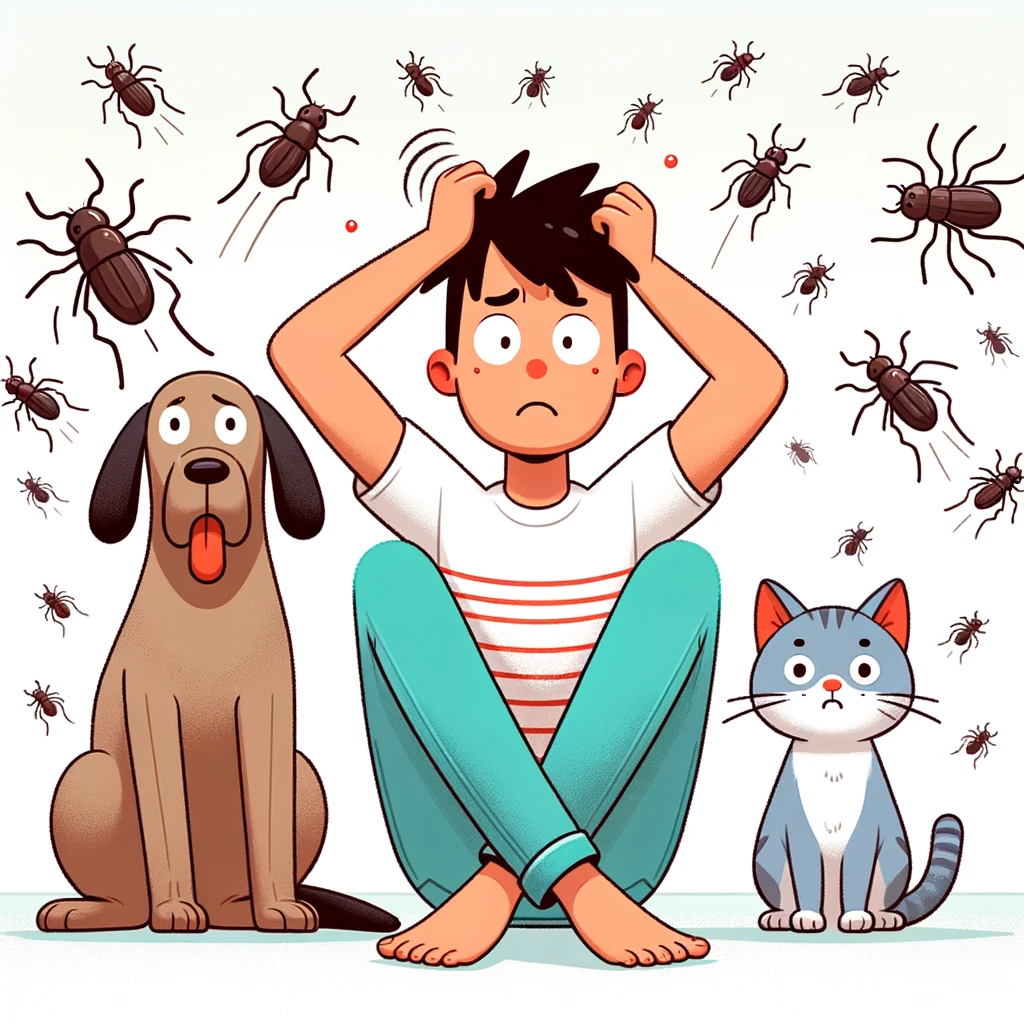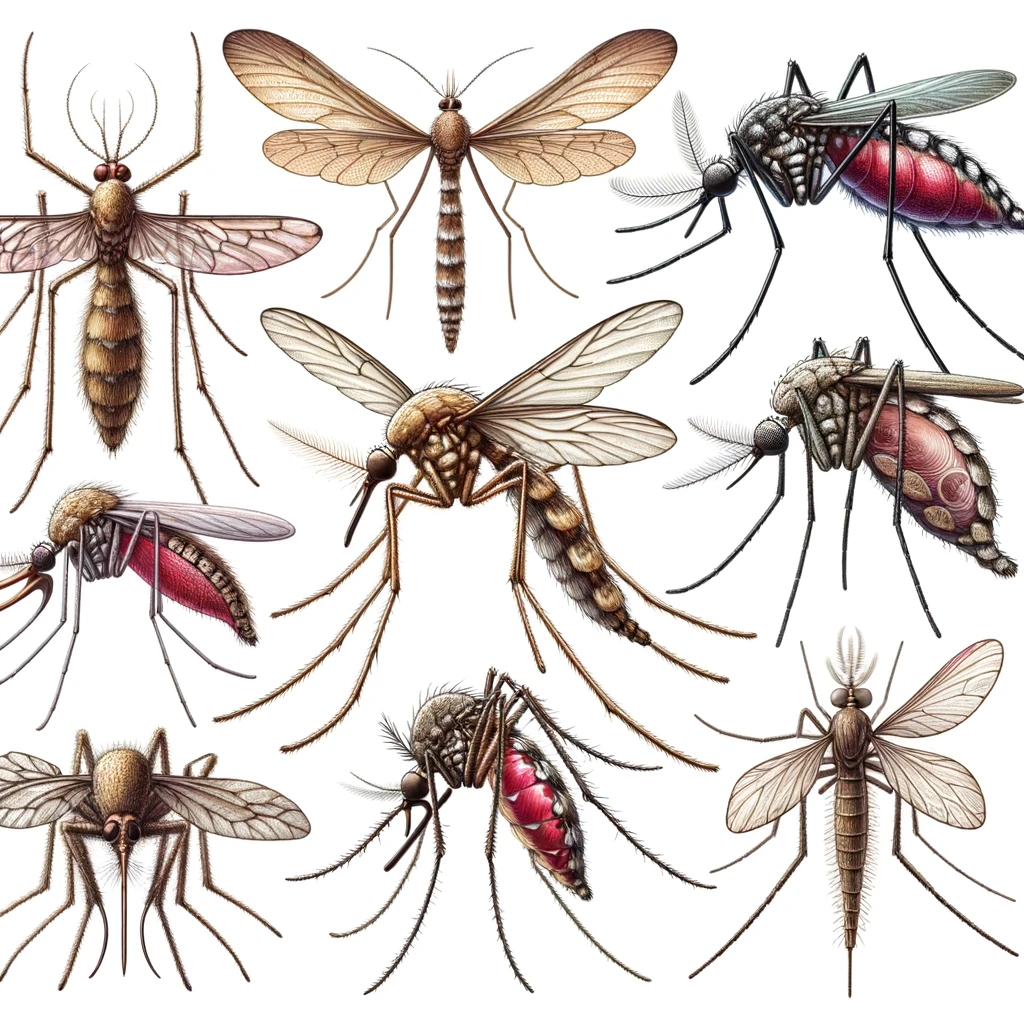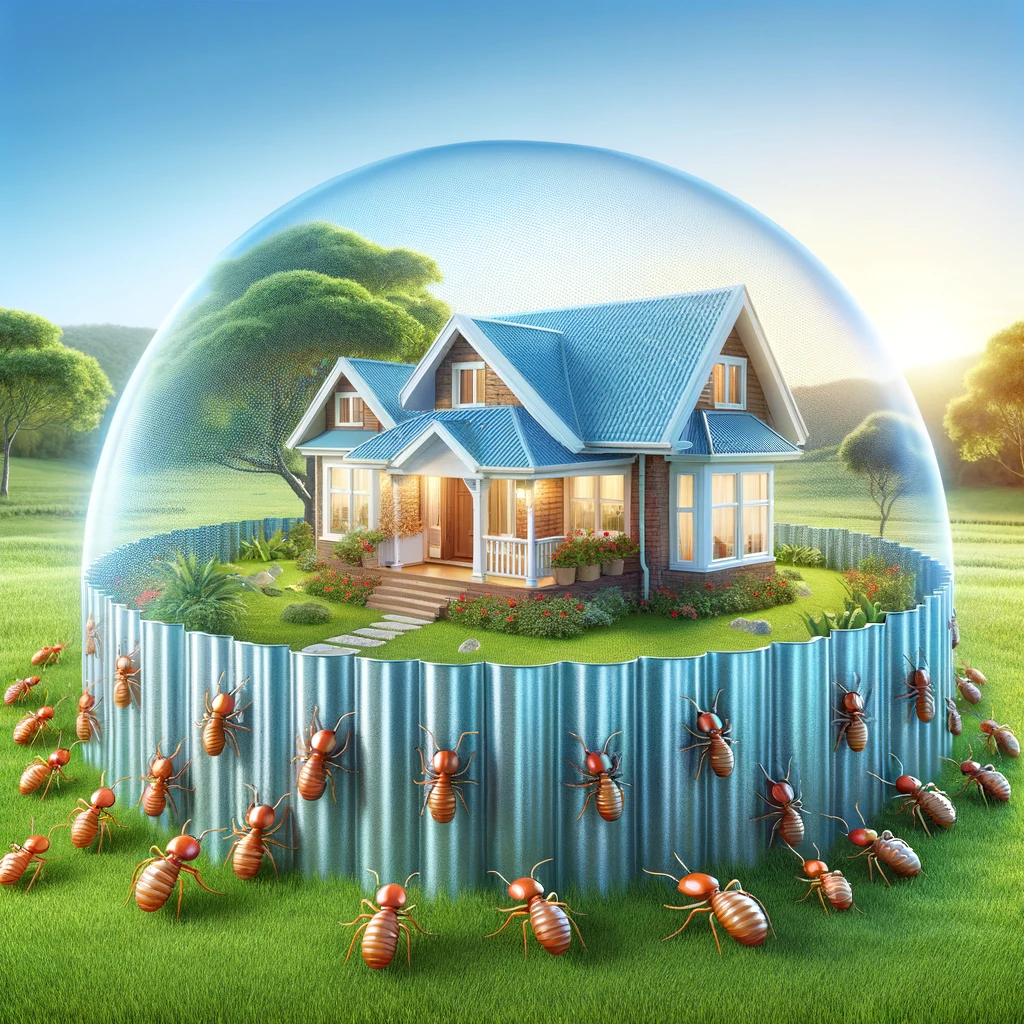Effective Fruit Fly Elimination Strategies for Your Home
Ah, fruit flies—the uninvited guests who always find a way to crash our kitchen parties. Have you ever noticed how these tiny nuisances appear out of nowhere, turning your serene home into their playground? It’s not just you. Almost every household faces this battle at some point. But worry not! Identifying the sources of fruit fly infestations and implementing effective measures to eliminate them isn’t as daunting as it seems. Together, we’ll explore practical advice to reclaim your space from these pesky intruders. So, let’s dive in and turn your fruit fly frustrations into victory!
Understanding the Enemy: The Fruit Fly

Identifying Fruit Fly
Let’s start by getting to know our tiny adversaries. Fruit flies, those little brown specks with a VIP pass to every kitchen, are more than just a nuisance. They’re fascinating when you’re not busy shooing them away from your fruit bowl. Typically brown or tan with distinctive red eyes, these flies are about 1/8 of an inch in length. They’re not just any flies; they have a penchant for ripe, fermenting goodies and can sniff out a fruit bowl from seemingly miles away.
But here’s a fun fact: fruit flies have made significant contributions to science, especially in genetics, thanks to their quick breeding cycle. However, in our kitchens, they’re less about contributing to scientific breakthroughs and more about hovering over our fruit bowls. Identifying them is the first step to understanding how to deal with them. These flies are attracted to anything fermenting or rotting, which makes kitchens and garbage areas their favorite haunts.
Their presence indicates it’s time to inspect your home for overripe fruits or exposed food that might invite them in. Remember, recognizing your foe is the first step to victory. Knowing what fruit flies look like and what attracts them makes you better prepared to tackle the problem head-on. So, the next time you see one, take a moment to acknowledge your tiny, scientifically significant enemy before you plan your next move.
The Life Cycle of Fruit Flies
Ever wonder why fruit flies seem to multiply overnight? It’s all in their life cycle—a fascinating, if slightly unwelcome, marvel of nature. From egg to adult, fruit flies can complete this journey in as little as a week, depending on the warmth and food available. Here’s a quick rundown: a female fruit fly lays eggs on something irresistibly fermenting. These eggs hatch into larvae, which feast on their surroundings before transforming into pupae. From these pupae emerge the adult fruit flies we’re all too familiar with.
This rapid life cycle means that if you spot a couple of fruit flies today, you could host a full-blown party by the end of the week. It underscores the urgency of addressing a fruit fly problem as soon as you notice it. The good news is that understanding this cycle gives you insight into interrupting it. For instance, eliminating potential breeding grounds like overripe fruit or forgotten salad bowls can drastically reduce their numbers.
The reproductive speed of fruit flies might seem daunting, but it’s also their Achilles’ heel. By targeting the early stages of their life cycle with cleanliness and vigilance, you can prevent the situation from getting out of hand. Remember, in the battle against fruit flies, knowledge of your enemy is your best weapon. By keeping their life cycle in mind, you’re one step closer to reclaiming your space.
The Frontline: Identifying Breeding Grounds

Prime Real Estate for Fruit Flies
When fruit flies camp in your home, they’re not just wandering. They’re on a mission to find the best spots for food and breeding. Identifying these “prime real estates” is crucial in our battle against them. Think of it as cutting off their supply lines. These spots are usually where food is exposed, especially fruits and vegetables that are overripe or fermenting. But the list doesn’t end there. Other luxury accommodations for fruit flies include recycling bins with traces of wine or beer, sink drains where food particles accumulate, and even cleaning rags that haven’t been properly dried.
The perfect mix of moisture and food makes these spots so attractive to fruit flies. For them, it’s like finding a five-star hotel with an all-you-can-eat buffet. This means our strategy should include removing food sources and minimizing moisture wherever possible. For instance, regularly taking out the trash, cleaning the recycling bin, and ensuring the kitchen sink and counters are free from food remnants can make your home less appealing to these tiny pests.
Remember, fruit flies aren’t just annoying; they’re opportunists. You’re taking a significant step toward showing them the door by eliminating their preferred breeding grounds. It’s all about making your home a “no-fly zone,” one small step at a time. Ready to get tactical and set up some defenses?
The Battle Plan: Strategies for Elimination

Cleanliness is Key
In our quest to create a fruit fly-free zone, cleanliness isn’t just next to godliness; it’s our number one weapon. These little critters thrive in environments where food and moisture are readily available. So, keeping your kitchen and dining areas spick and span is more than just a good habit—it’s a critical strategy in the battle against fruit flies.
Start by ensuring that fruits and vegetables are stored properly in the fridge or sealed containers. This keeps them fresh longer and makes them less accessible to fruit flies. Next, habitually wipe down surfaces immediately after use, especially if you’ve been working with sugary substances or fruits. Those sticky residues are like a VIP invitation for fruit flies.
But let’s not stop at the visible surfaces. Sink drains and garbage disposals can be a haven for fruit flies, offering food and moisture. Regular cleaning and maintenance of these areas can disrupt the fruit fly lifecycle, preventing them from setting up a breeding ground. A simple mixture of baking soda and vinegar poured down the drain, followed by hot water, can work wonders.
Embracing a cleanliness routine might initially seem daunting, but it’s incredibly effective. By removing the attractions that bring fruit flies into your home, you’re setting up a barrier that’s hard for them to cross. It’s about controlling your space and clarifying that fruit flies are unwelcome.
Ready to dive into the specifics of setting traps and sealing entry points for an even more fortified defense?
The Art of Deception: Setting Effective Traps

Setting Effective Traps
Now, let’s talk traps. While maintaining cleanliness is crucial, sometimes you need to take a more direct approach. Fruit fly traps can be surprisingly effective, and the good news is you can make them with items you probably already have at home. The concept is simple: lure them in with something irresistible and make sure they can’t escape.
One popular DIY trap involves a bowl, plastic wrap, and apple cider vinegar. Pour a little vinegar into the bowl, add a drop of dish soap (this breaks the surface tension, ensuring the flies can’t just land and take off again), then cover it tightly with plastic wrap. Poke a few small holes in the wrap, and voila! The vinegar attracts the flies; they sneak in through the holes, and then they’re trapped.
Another simple trap uses a bottle of wine with a little left in the bottom. Leave the open bottle out, and the wine’s scent will attract fruit flies. Their struggle to escape the bottle’s narrow neck will often trap them.

These traps exploit the fruit flies’ attraction to fermenting substances, turning them against them. While setting traps, remember to continue removing potential breeding sites. This two-pronged approach disrupts their life cycle and free rein in your kitchen.
So, are you ready to try these traps and add another layer to your fruit fly defense strategy?
Sealing the Perimeter
Ensuring a Fruit Fly-Free Home
After setting traps and stepping up your cleaning game, it’s time to ensure that no new fruit flies can enter your home. Sealing off entry points is like putting up a “No Vacancy” sign for fruit flies. It’s about making your home a fortress against these tiny invaders.
Start with the basics: check windows and doors for gaps or tears in the screens. Even the smallest opening can serve as a grand entrance for fruit flies. Repairing or replacing damaged screens and adding weather stripping around doors and windows can significantly reduce their ability to get inside.
Next, consider the produce you bring into your home. Fruit flies can hitch a ride on fruits and vegetables from the grocery store or farmer’s market. To outsmart them, wash your produce as soon as you get home, ideally with a produce wash or a vinegar-water solution. This helps remove potential fruit fly eggs, pesticides, and other residues.
Ventilation is another key factor. Ensure that areas prone to moisture and food residue, like kitchens and bathrooms, are well-ventilated. This helps to dry out potential breeding spots and makes your home less appealing to fruit flies.
By taking these steps, you’re not just dealing with the current infestation but preventing future invasions. Remember, every battle won against fruit flies starts with preparation and a solid defense.
With our traps set, our homes cleaned, and our defenses fortified, we’re well on our way to a fruit fly-free home. Ready to wrap up with some final thoughts on maintaining our victories over these pesky invaders?
Keeping Your Home Fruit Fly-Free
And there we have it—a full arsenal at your disposal to tackle those pesky fruit flies. From understanding these tiny invaders to setting traps and sealing off their entry points, you’re now equipped to maintain a fruit fly-free home. It’s about being proactive, staying vigilant, and applying what we’ve learned at the first sign of an invasion.
Remember, consistency is key. Incorporating these strategies into your daily routine can help ensure that fruit flies become a thing of the past in your home. Regular checks for potential breeding grounds, keeping your space clean, and using traps effectively can turn your home into a fortress against fruit flies.
But more than that, it’s about reclaiming your space and peace of mind. There’s something deeply satisfying about solving a problem that once seemed never-ending. By applying these strategies, you’re not just getting rid of fruit flies but creating a healthier, more comfortable living environment for you and your family.
So, here’s to victory in our ongoing battle against fruit flies. We can keep our homes serene and fruit fly-free with knowledge and determination. Cheers to that!
Key Takeaways:
- Identify and eliminate fruit fly breeding grounds.
- Use homemade or commercial traps effectively.
- Seal entry points to prevent new fruit flies from entering.
- Maintain cleanliness and proper storage of produce to deter fruit flies.
FAQs:
- Can fruit flies cause harm to humans? While fruit flies are more of a nuisance than a health hazard, they can contaminate food with bacteria.
- How long does it take to get rid of a fruit fly infestation? You can see a significant reduction in fruit fly activity within a week with diligent effort.
- Are there any natural predators of fruit flies that can help in their control? Certain species of wasps are known to prey on fruit flies, but they are more commonly used in outdoor agricultural settings.
